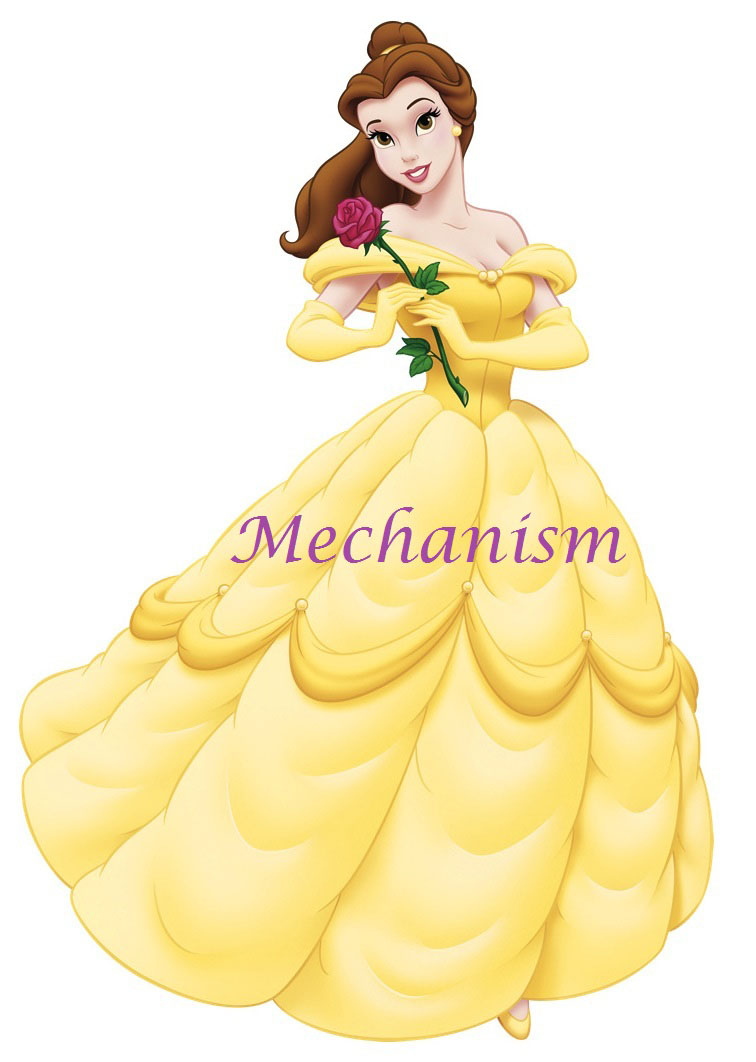








The Tsuji reduction reaction uses a palladium catalyst to create an electrophilic allylic compound that can be reduced into different types of organic compounds such as esters, amides and enolates. This reduction reaction has many different applications to the synthesis of organic compounds. One application reported in 2012 (Vaddula et al.) describes the synthesis of allylic amines from allylic acetates. This reduction pathway is important to the making of natural products, such as amino acids. Another way we see the Tsuji reduction applied to organic synthesis is the alkylation of ketone enolates (Braun and Meier). One of the benefits of the Tsuji reaction is its stereoselectivity when producing chiral centers.
Vaddula, B. R.; Saha, A.; Varma, R. S.; Leazer, J. Eur. J. Org. Chem. 2012, 2012, 6707-6709.
Braun, M.; Meier, T. Angew. Chem. Int. Ed. 2006, 45, 6952-6955.







